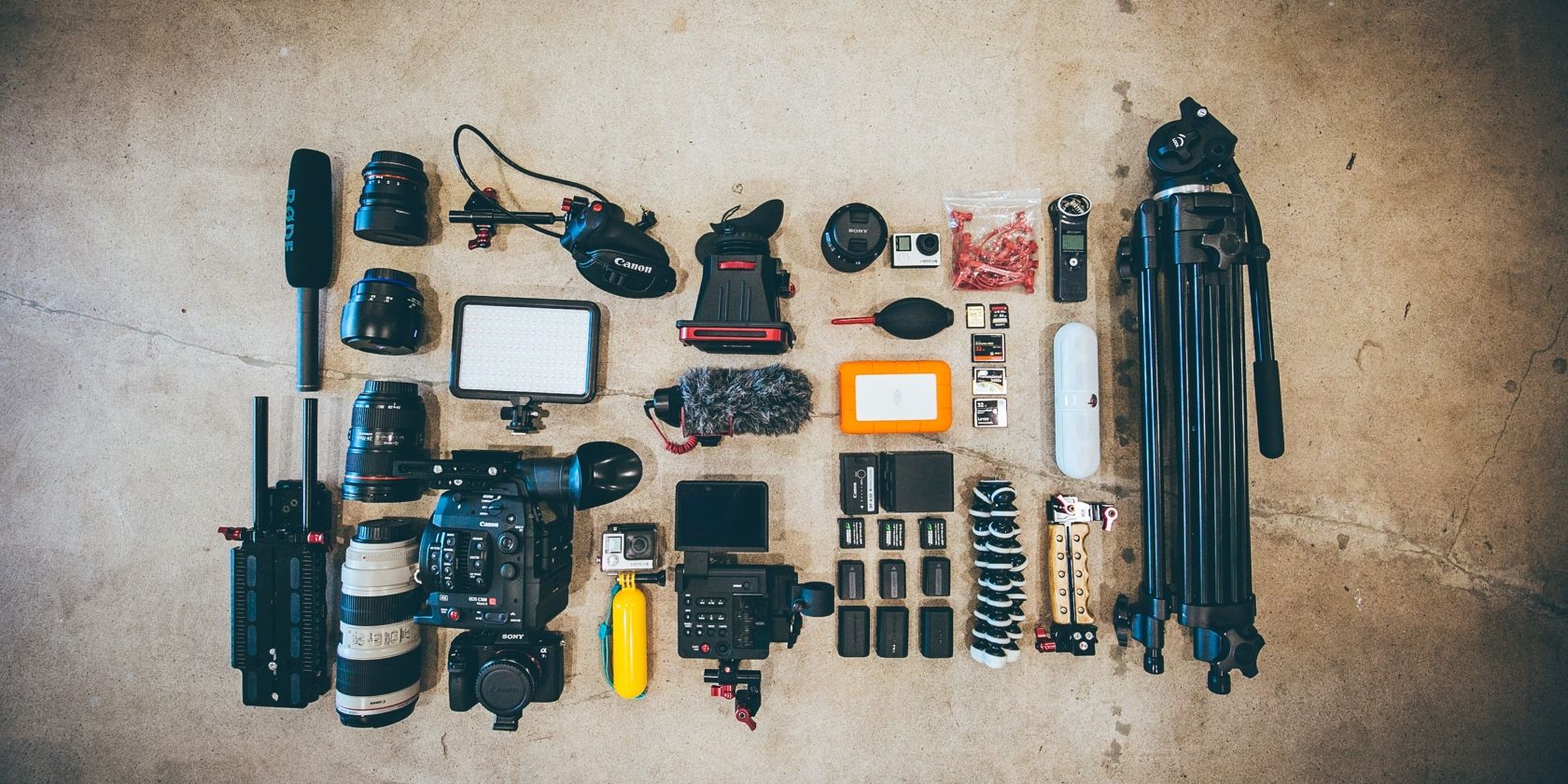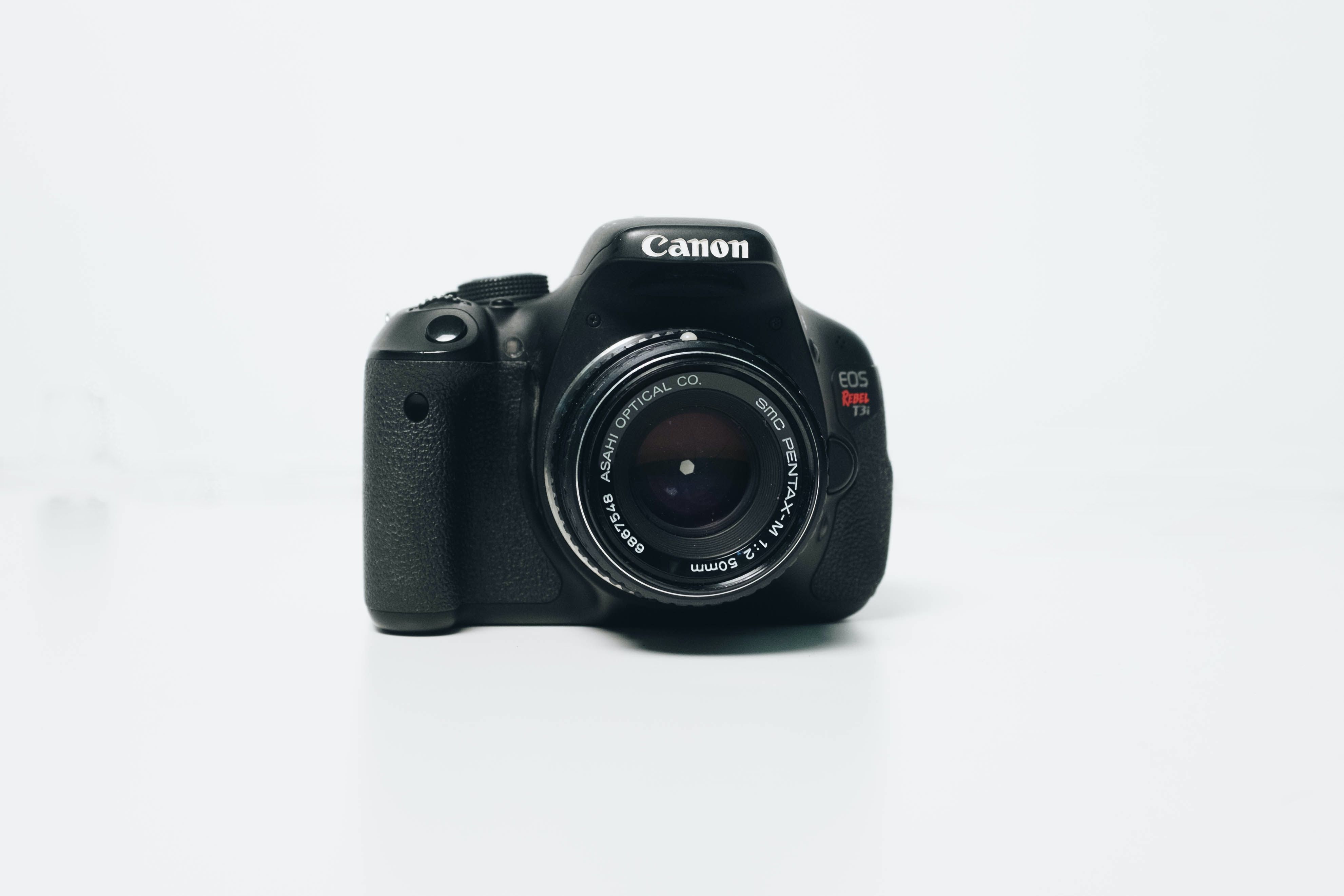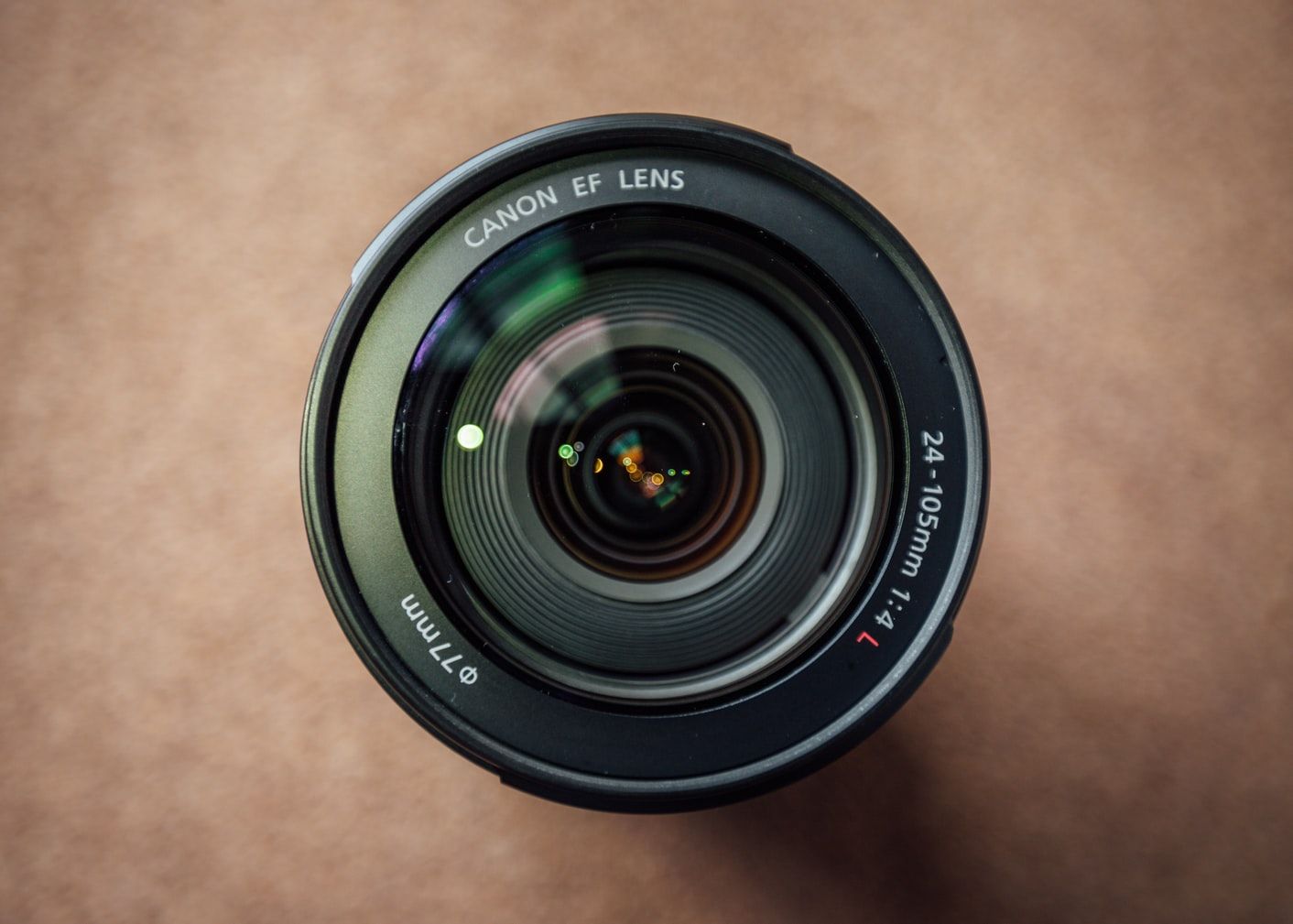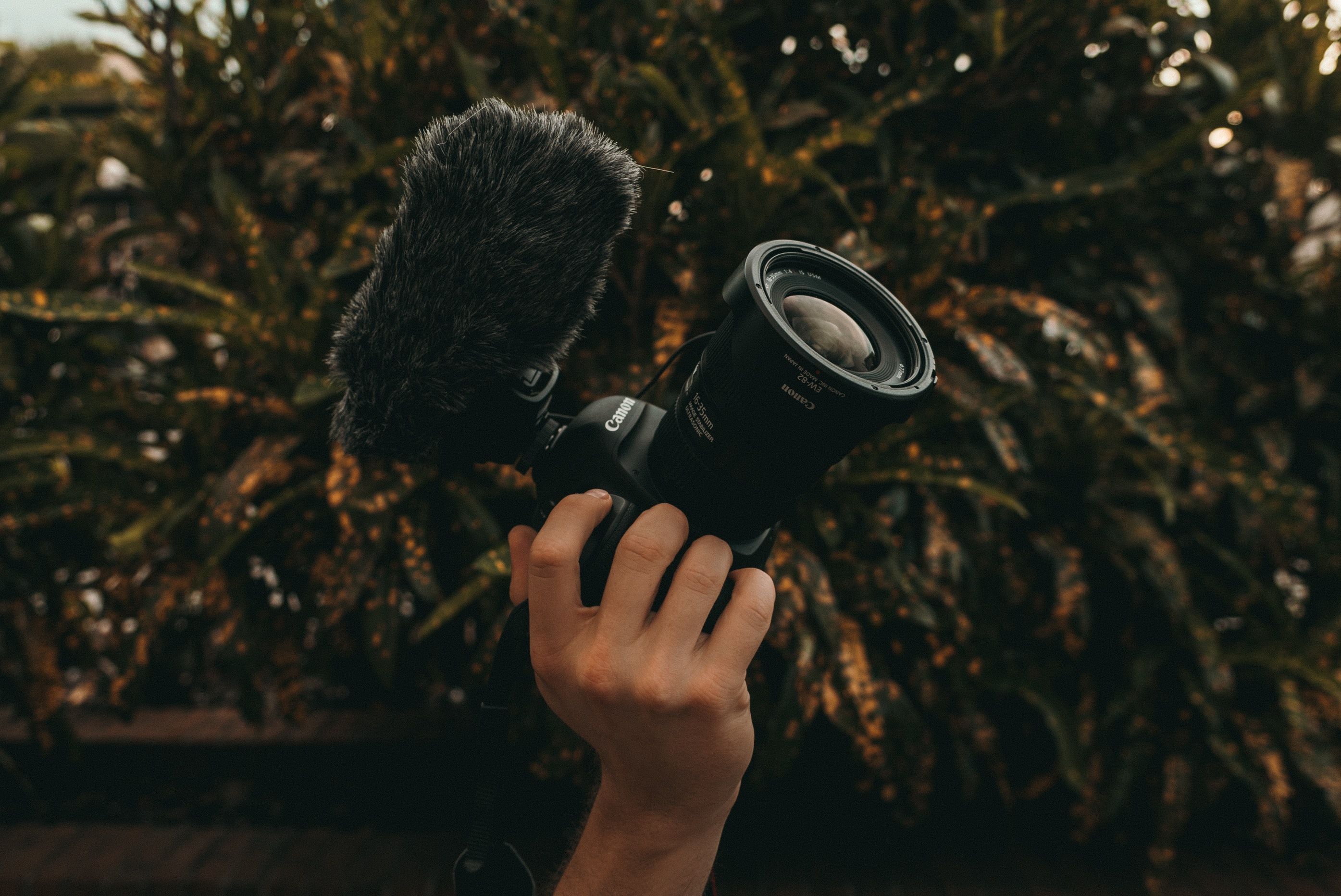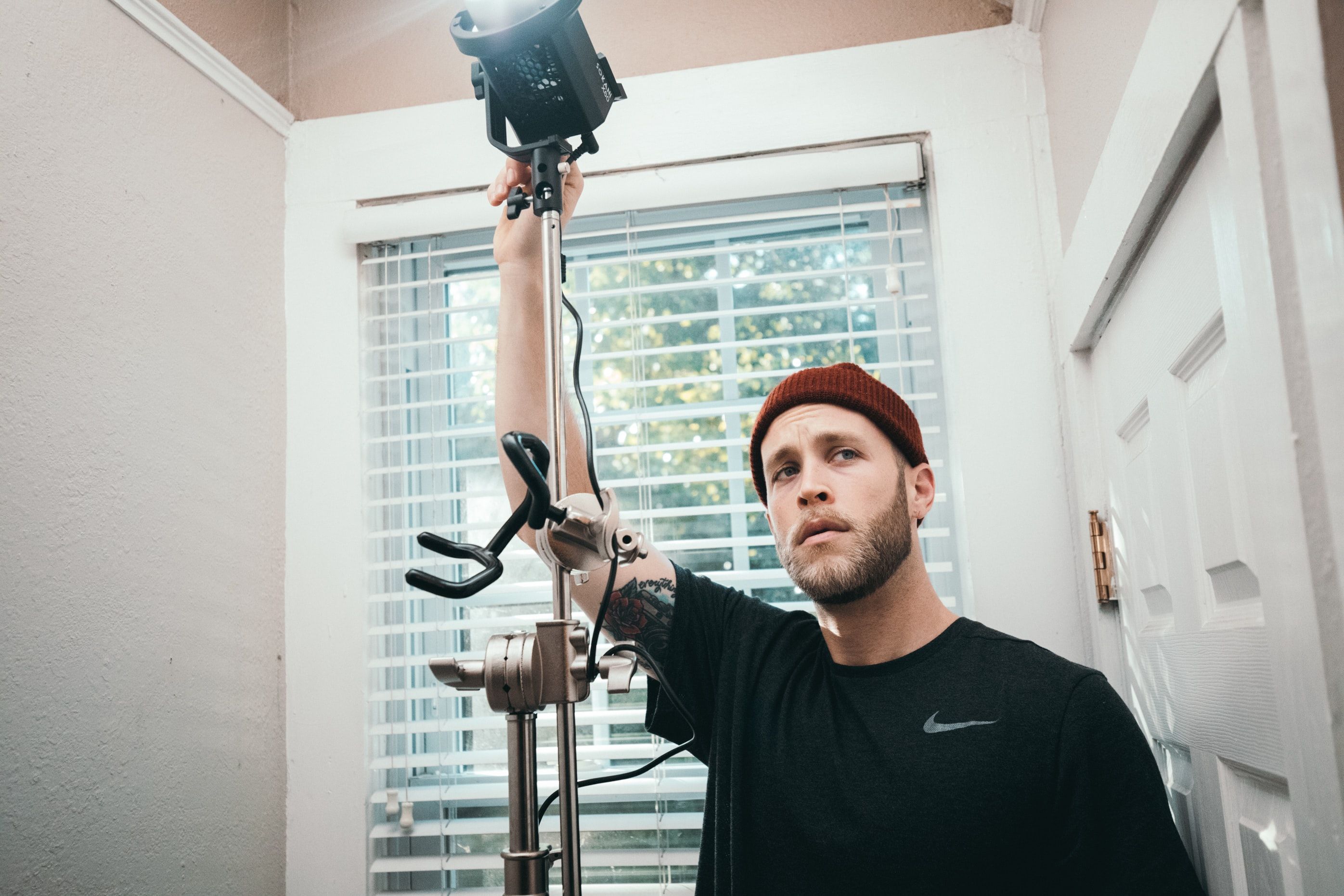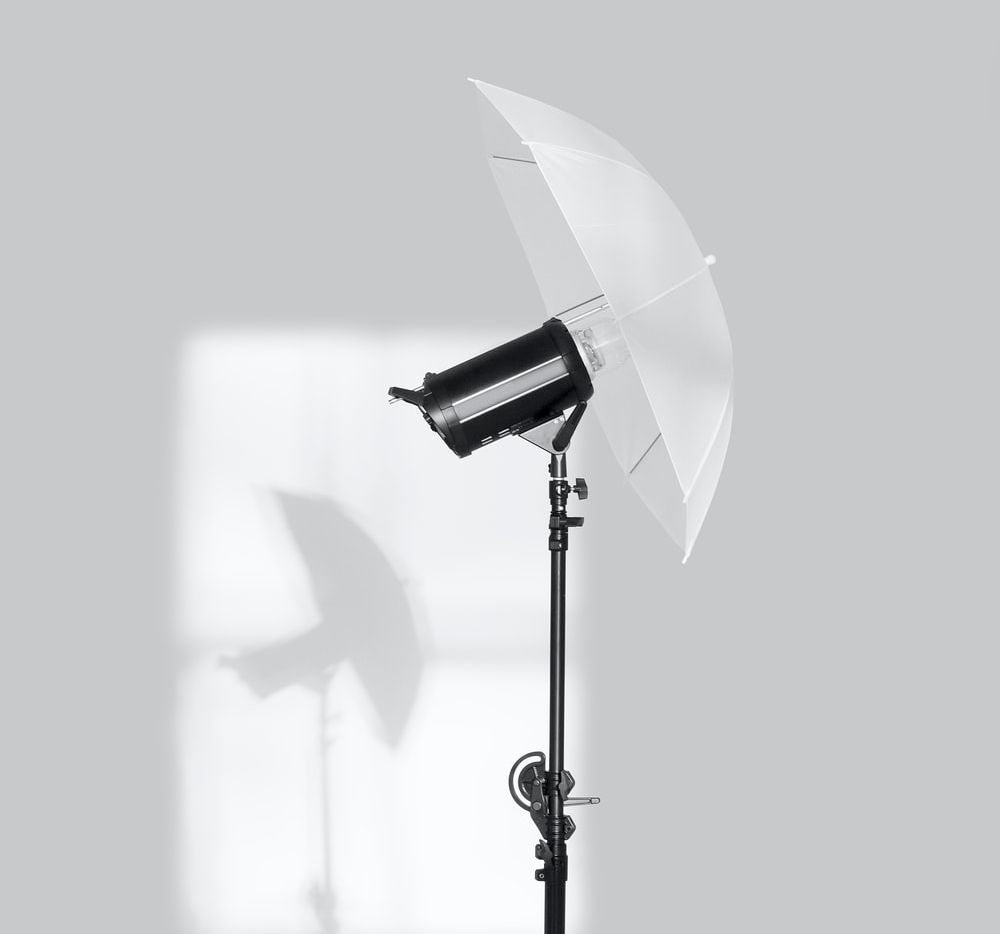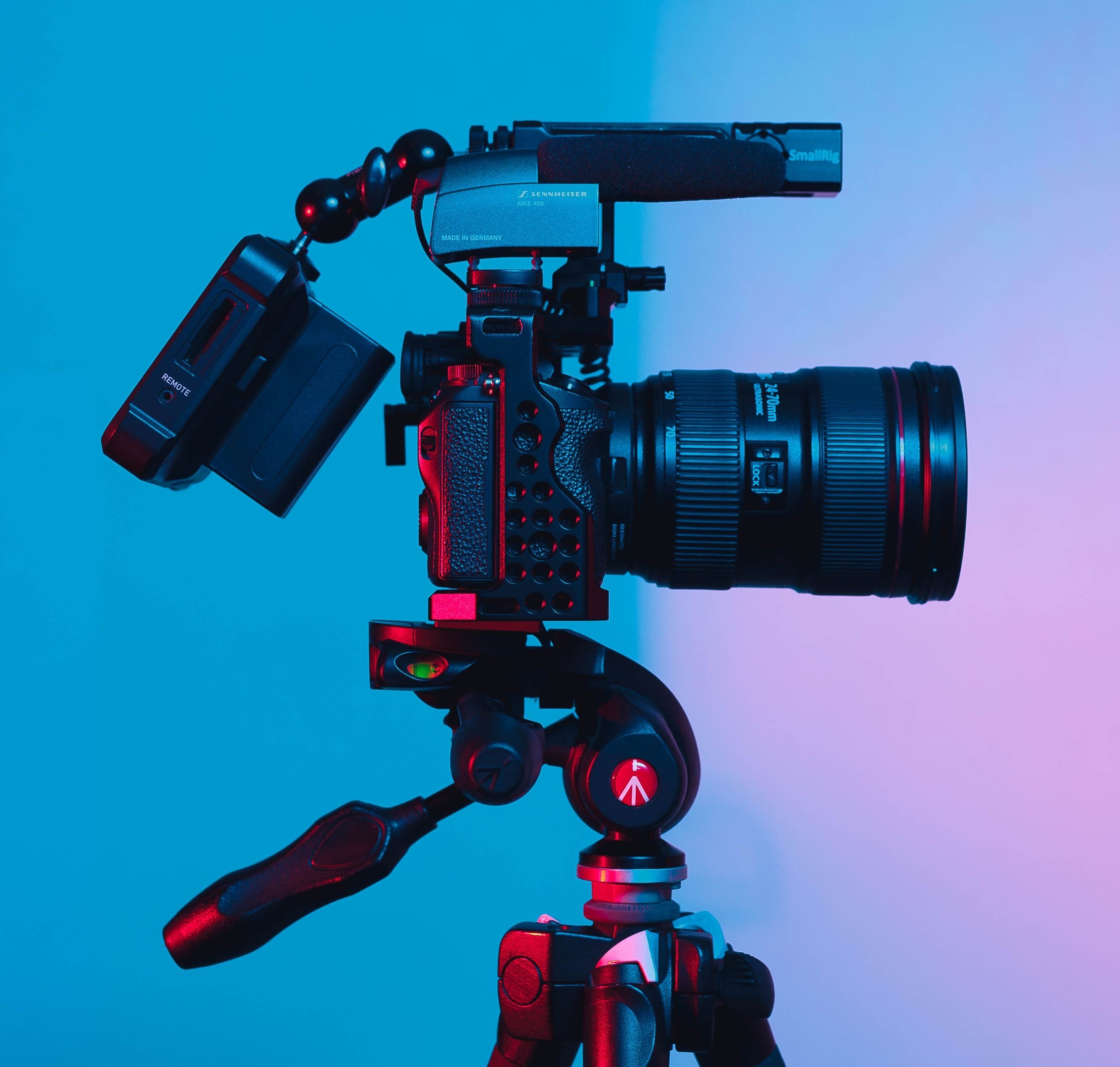In Hollywood, we're all material girls living in this material world. Consumerism runs rampant, and we're just as prone to going all doe-eyed over the latest and greatest in filmmaking technology as the next person is. It's a sick addiction, but we wouldn't have it any other way.
Nothing gives us that kid-in-a-candy-shop type of feeling quite like walking into Samy's and seeing all of the junk that we don't yet have in our own collections. The good news: a lot of that junk is totally unnecessary for a quality final product.
In this article, we're going to take a closer look at the bare-bones essentials for DIY filmmaking. If you've got your script in hand and you're ready to bring it to life, you'll be glad to hear that you really don't need much to create something extraordinary.
1. A Camera
Needless to say, without a camera, you're not going to be able to get very far as a burgeoning filmmaker.
A top-of-the-line camera won't be able to do any of the creative thinking for you, just to be clear. At this level especially, we would almost advise against something too "pro".
Cameras are simple. If you're just beginning to learn, you should choose one as unadorned and close to the ground as possible. Keep in mind that you'll also need memory cards, an external storage device, and perhaps an extra battery.
One great line of cameras for beginners is the Canon Rebel T-i series. If you're shopping to create something that you would eventually like to see in an exhibition, a full-frame camera will be worth the investment.
Anything in the Sony Alpha series is our top recommendation for those who would eventually like to see themselves building a career in film. But go with what feels right in your hands. You'll be the one using it, after all.
2. The Right Lenses
So much of cinematography depends on the artist and their way of working with what they have. A lens that costs thousands is probably not going to be doing you any indispensable favors; a more reasonably-priced selection in the same category will get the job done.
With price will usually come better glass, a faster aperture, more soundly-constructed housing, and extra features like image stabilization. If you're a complete beginner, most camera manufacturers offer a basement-bargain 50mm lens, usually one's first upgrade from the kit lens that the camera body was included with.
Once you've mastered shooting with that lens, investing in something longer or wider should be your next move. Choose whichever one you find yourself yearning for in the field most frequently. From there, the lens mania will truly set in.
3. A Microphone
Solid sound isn't a requirement just for filmmaking. Vloggers, video podcasters, documentarians, and even YouTube comedians will all want to ensure that the quality of their dialogue recordings makes the cut for the sake of their viewerships.
Studies show that audiences are much more forgiving of a poorly shot image than below-standard audio. In fact, there's a link between the quality of an audio recording and how much a listener trusts the information that the speaker is sharing.
This should be especially concerning for truth-sayers, creatives who wish to inform and to persuade, and for those who would like their work to travel virally. Great audio facilitates an easy and enjoyable listening experience, and a decent microphone will help you achieve that.
Rode shotgun microphones are perfect for independent video producers. A basic lavalier set-up might be a good choice if you or your talent is simply speaking on-screen to your audience and you want to hear them clearly.
When you buy gear like this new, the system will include everything that you need to hook the microphone up to your camera. If not, ensure that you have all of the necessary cables and accessories required to use it. Headphones and mic windscreens are also worth buying, especially if you shoot out in the elements.
4. Lights
Light is arguably just as important as the type of camera that you choose. If you're an amateur producing on your own, you're probably already making liberal use of everybody's favorite source of light; the sun.
The sun isn't always in the sky, however. Sometimes you'll shoot indoors or at night. What then?
Non-cinema lights are one option—lamps in the home, streetlights, bright monitors, and anything that you have lying around is fair game. For a budding cinematographer, the challenge of lighting a scene using only what they can find will either be terrifying or very exciting.
It always pays to have a backup plan, however. A versatile light kit doesn't have to cost you a fortune, you can cobble it together from stuff you find secondhand on sites like Craigslist, or even work lamps from places like Home Depot.
Ideally, your light kit includes at least three lights, with between 250W and 1000W output. You'll also want to grab a few extra extension cables while you're at it. A few extra feet of wiggle room can be life-saving; the last thing that you want during crunch time is a bum lamp that you can't drag close enough to the heart of the action.
Lastly, never plug more than 2000W total into a single circuit, and never plug more than 1500W of equipment into a single or paired Edison outlet. This is especially the case when shooting in an ordinary residential building, no matter what you're using. Trust us on this one; you'll be meeting your maker a whole lot sooner than expected.
5. Diffusion, Gels, Reflectors, and Light-Blockers
Light is important. Even more important is your ability to modify and direct it wherever it needs to go.
Diffusion includes any material that spreads the light out—a lampshade is one example in an everyday sense, and you can use things like bedsheets if your lights don't generate a lot of heat.
Gels change the quality of the light without necessarily affecting its intensity or penetrative ability. Reflectors, obviously, reflect light onto your subject. You can use mirrors, tinfoil, or even a white, foam core bounce board to add a little kick wherever you need more juice.
Light-blockers are simply gear that blocks out light entirely. A fully-fledged G&E equipment package includes something called a flag kit, which will usually contain several black flags. In lieu of this luxury, cardboard sheets work just as well.
6. Camera Support
What is camera support? This category of film equipment includes anything that the camera is attached to at the baseplate—shoulder mounts, Steadicams, tripods, and dollies.
For most DIY filmmakers, camera support consists of the cameraman's own two hands. You, though? You're better than that. If you're looking to advance your craft and heighten the professionalism of your work, smooth camera movement is where it's at.
Glidecams are incredibly popular at this consumer-to-prosumer level of filmmaking. Making one from scratch is the ultimate rainy day project for those with a DIY bent in them, but you can find swathes of them online if you would prefer to just pick one up and go.
As former noobs ourselves, we know and understand how much less exciting it is to shoot when the camera is stuck on a boring tripod. We urge you to resist the temptation to just grab it and go rogue, however. You're a thought-leader on the rise now; you can't just Warp Stabilize all of your problems away.
Adequate camera support helps you get the shot right the first time, just like the pros. Money well-spent.
Making It Happen on a Dime
Much like packing one's own lunch every day instead of ordering takeout, keeping your DIY equipment list short is an investment in your future.
Once you've got your first DIY filmmaking kit together and in action, you'll know exactly what you'll need when the time comes for your next big splurge. When the moment is ripe and yours for the taking, you'll be so glad that you waited.

